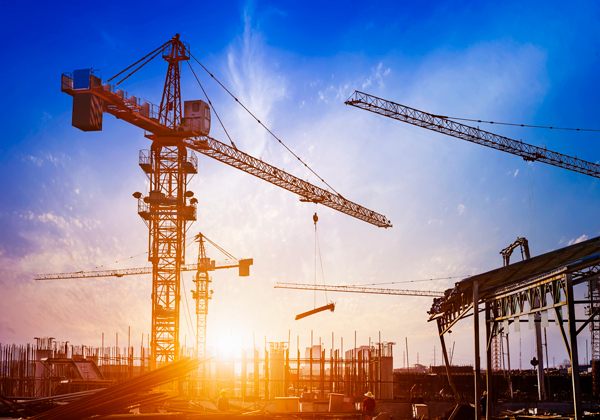By David Jenkins
The philanthropic Rockerfeller Foundation estimates that US$2.5 trillion is spent globally on infrastructure each year, and while that seems like a considerable amount, the Foundation judges that this current investment is inadequate to meet demand.
They say it is susceptible to failure both in daily life and under the pressure of extreme events. Delivering services to poor and vulnerable communities is also highly inequitable.
According to the Foundation, that spending is also less than the estimated US$3.3 trillion of annual investment, which needs to be sustained over several decades to deliver the infrastructure required to address basic human needs.
The Foundation takes a global view, and while we might perform a little better in Australia and New Zealand, we can learn some valuable lessons from their comments as we plan ahead.
One is that we are too often resistant to innovation and take a short-term view of productivity, and that is because we tend to look at projects as one-offs, isolated from each other.
The reality is that infrastructure needs to work together to deliver its best results, requiring us to plan projects systemically.
We often fall into the trap of seeing projects as energy, transport, or water projects when we should see them all as part of a system that, when combined, delivers services and amenities, not as single projects but as a whole.
A simple example, perhaps, but a state-of-the-art bridge over a river will be useless if it doesn’t connect to a well-planned road system.
Beyond that, we are often inclined to differentiate between so-called ‘hard’ and ‘soft’ infrastructure, which can lead to missed opportunities.
A systemic approach is the key to combining soft and hard materials so that we can factor in the use of natural assets such as forests or creeks with traditional hard construction.
Recently, we’ve identified the move to use natural assets in projects, such as using mangroves rather than building seawalls in coastal restoration.
This approach can help save on initial costs, deliver greater sustainability, and build resilience outcomes.
Over the long run, this creates a greater return on investment, as measured financially and by social criteria.
On other occasions, porous materials, which absorb water quickly and then release it more slowly, can be better suited to the construction of streets and pedestrian areas.
The Rockerfeller Foundation has an example of a project in Da Nang, Vietnam, where using traditional materials for street and pedestrian surfaces around a hotel zone would have increased the likelihood of flooding.
The low-income communities behind the hotels, where many hotel workers lived, would have suffered the worst of the inundation.
In this case, the Foundation, which was part-funding the project, persuaded the planners to change direction, take a systems approach, and create a solution not just for one privileged precinct but for a community.
The Foundation focuses on ‘second-tier’ cities in the developing world, which are not yet the size of Mumbai or Bangkok but are growing fast.
They see this as an opportunity because many of these cities have been slow to make infrastructure plans, often for financial reasons, and the Foundation can influence their approach.
Australia and New Zealand are both at a point of ‘rebooting’ their infrastructure efforts.
Can I suggest that we factor in this systems approach and embrace innovation and resilience as we look for more sustainable outcomes and better return on investment for our infrastructure programs in Australasia.














